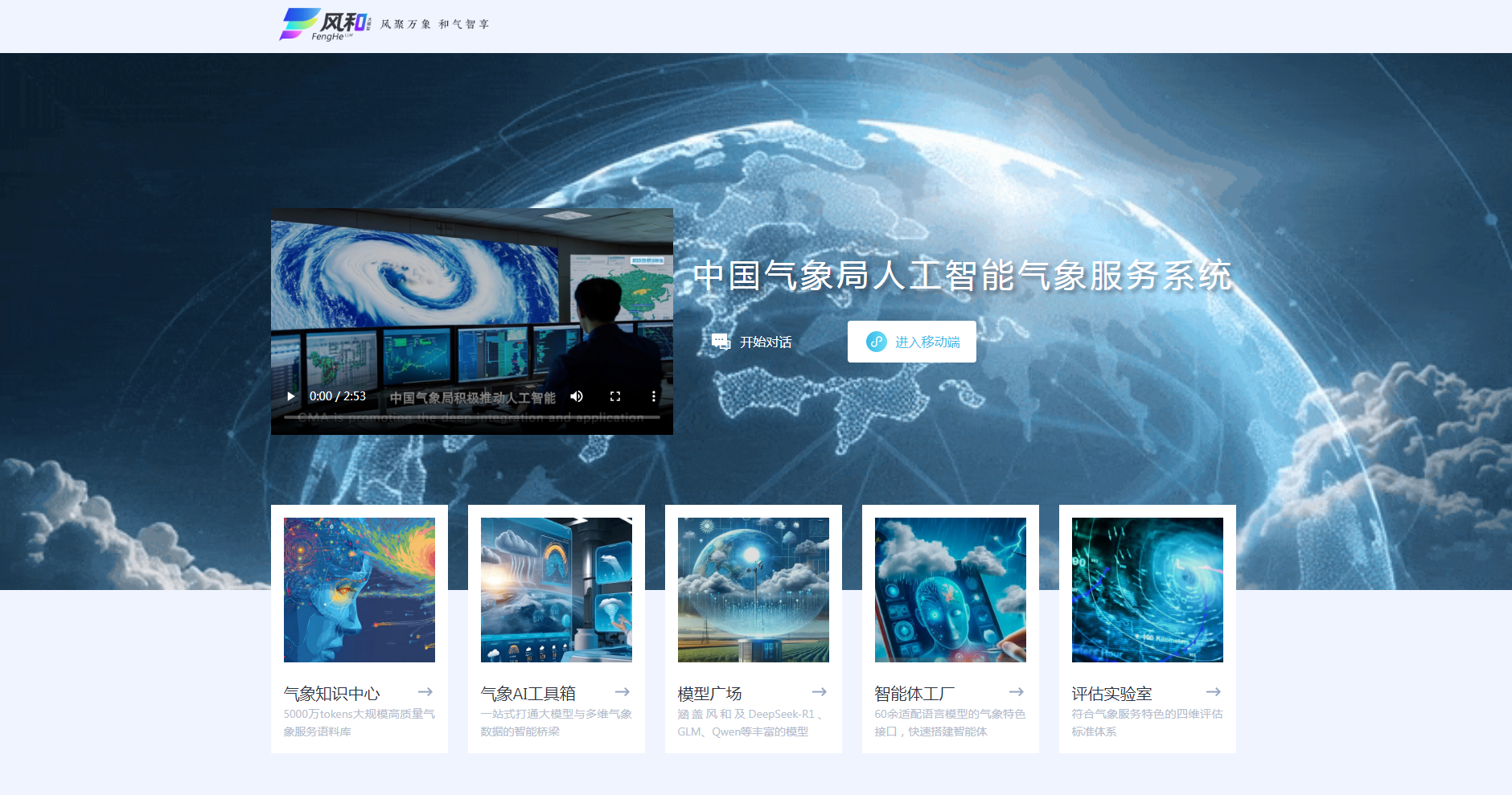Expansion of Entity List Won't Stop China's Tech Rise
The U.S. recently added over 50 Chinese tech companies to its export control list. The move aims to restrict China's ability to develop high-performance computing capabilities, quantum technologies and advanced AI.
The list also includes the Beijing Academy of Artificial Intelligence (BAAI), a private non-profit scientific research institution. "We strongly oppose this wrong decision without any factual basis and ask the relevant U.S. departments to withdraw it," BAAI said in a statement.
The U.S. using national security as an excuse to impose illicit, unilateral sanctions is typical hegemonism. This will severely damage the legitimate rights and interests of enterprises and undermine the security and stability of global supply chains.
Similar actions taken by the U.S. in the past proved ineffective in curbing the fast growth of Chinese technology. A 2024 study by U.S. scholars found that export controls on AI are less effective than U.S. policymakers would like.
A recent prominent case is DeepSeek. The emergence of the Chinese AI startup, which has been driving the adoption of low-cost AI models in China, has stunned the world. Meanwhile, it has also put pressure on U.S. companies that rely on more expensive and proprietary models. Washington's latest move may reflect its anxiety and lack of confidence over the rapid development of China's tech field.
In recent years, the U.S. has also imposed controls on semiconductor exports to China but China has continued to find ways to adapt. The chip shortages, contrary to U.S. expectations, have driven the Chinese chip sector to pursue self-reliance and prompted Chinese companies to innovate cutting-edge products. For example, Huawei made a splash in September 2024 by launching the industry's first tri-fold phone, Mate XT, which is powered by an advanced semiconductor made in China.
In February, Huawei held a global launch of Mate XT. The Associated Press quoted analysts as saying that this marked a symbolic victory for the Chinese tech giant amid U.S. technology curbs. "Right now, Huawei kind of stands alone as an innovator" with the tri-fold design, Bryan Ma, vice president of device research with the market intelligence firm International Data Corporation, said.
This demonstrates China's capacity to overcome technological barriers, undercutting the Trump administration's efforts to constrain its technological advancement.
The over-securitization of the U.S. should not be used as a weapon and a tool to address trade and sci-tech issues. Securitizing technologies in the name of national security risks accelerating the fragmentation of global supply chains. The U.S.'s "small yard, high fence" should not become "large yard, iron curtains."
However, whether the entity list gets longer or shorter in the foreseeable future, it won't stop China's technology development.







